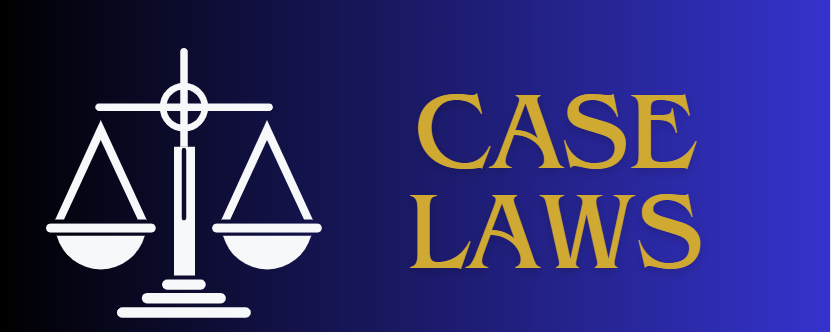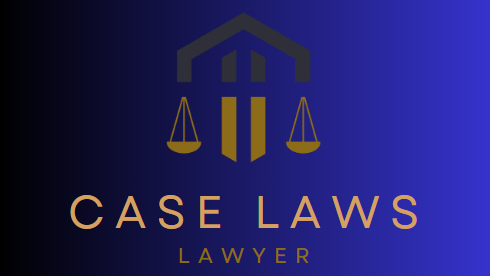2025 SCMR 730
اب تک یہ بھی ایک طے شدہ قانون ہے کہ طبی ثبوت صرف ثبوت کا ایک ثبوت ہے جو حملہ آور کی شناخت نہیں کرتا ہے۔ زیادہ سے زیادہ طبی ثبوت ایک معاون ثبوت ہے کیونکہ یہ چوٹ کی وصولی ، اس کے مقام ، چوٹ کا سبب بننے کے لئے استعمال ہونے والے ہتھیار کی قسم ، چوٹ اور موت کے درمیان کی مدت کے بارے میں آنکھوں کے ثبوت کی تصدیق کرسکتا ہے لیکن یہ حملہ آور کا نام نہیں بتائے گا۔ اس کے باوجود، یہ صرف اسی صورت میں متعلقہ ہے جب بنیادی ثبوت یعنی آکیولر اکاؤنٹ اعتماد پیدا کرتا ہے، جو اس معاملے میں صورتحال نہیں ہے. یہ بھی حیرت کی بات ہے کہ اس طرح کے معاملوں میں محرک ہمیشہ کسی منصفانہ نتیجے پر پہنچنے کے لئے فیصلہ کن کردار ادا کرتا ہے، جبکہ موجودہ معاملے میں، محرک براہ راست درخواست گزار سے منسوب نہیں کیا گیا ہے بلکہ ان شریک ملزموں سے منسوب کیا گیا ہے جن کے بارے میں کہا گیا تھا کہ ان کا متوفی کے ساتھ تنازعہ تھا اور جنہیں پہلے ہی مجاز عدالت نے بری کر دیا تھا اور اس طرح کی رہائی کے حکم کو عدالت نے چیلنج نہیں کیا ہے۔ شکایت کنندہ.
شکایت کنندہ نے خود اس واقعہ کا مشاہدہ نہیں کیا ہے۔ کرائم رپورٹ ان کے اس پختہ یقین کی بنیاد پر تیار کی گئی ہے کہ درخواست گزار کے علاوہ کوئی اور قاتل نہیں ہوسکتا ہے۔ خودکشی کی درخواست گزار کی درخواست کو اگر صحیح طریقے سے مسترد کر دیا جاتا ہے تو استغاثہ کو اپنے بل بوتے پر الزامات کو خارج کرنے سے بری الذمہ قرار نہیں دیا جا سکتا۔ درخواست گزار کی خاموشی اطمینان بخش انداز میں وضاحت کرتی ہے کہ ایک ہی چھت کے نیچے اس کے آدھے حصے پر کیا ہوا، اگرچہ کچھ حد تک دلچسپ ہے، لیکن اس کا موازنہ اس بات سے نہیں کیا جا سکتا کہ اسے زبردست جسمانی نتائج کا سامنا کرنے کے لئے لازمی طور پر ثبوت کی یقین دہانی کی ضرورت ہے۔ ان کی ناکامی سے قنون شہادت آرڈر 1984 کے آرٹیکل 121 پر غور و فکر کے دوران کوئی منفی مفروضہ جنم نہیں لے گا اور اس طرح غلطی کے ممکنہ خطرے کے بغیر سزا کو برقرار رکھنا انتہائی غیر محفوظ ہوگا۔
It is also by now a settled law that medical evidence is just a corroborative piece of evidence which does not identify the assailant. At the most medical evidence is a supporting piece of evidence because it may confirm the ocular evidence with regard to the receipt of the injury, its locale, kind of weapon used for causing the injury, duration between the injury and the death but it would not tell the name of the assailant. Even otherwise, it is relevant only if the primary evidence i.e. ocular account inspires confidence, which is not the situation in this case. It is also astonishing that in suchlike cases, motive always plays a decisive role to arrive at any just conclusion, whereas, in the present case, motive has not been directly attributed to the petitioner rather to those co-accused who had been stated to be having dispute with the deceased and who have already been discharged by the competent court of law at the very outset and such discharge order has not been challenged by the complainant.
Complainant has not himself witnessed the occurrence; the crime report is structured upon his strong belief that no one else other than the petitioner could be the assassin. The petitioner plea of the suicide, if rejected out rightly, by itself would not absolve the prosecution to drive home the charge on its own strength. The petitioner silence to satisfactorily explain as to what happened upon his better half under the same roof, though somewhat intriguing, however cannot be equated to qualify as evidentiary certainty essentially required in order to saddle him with formidable corporal consequences; his failure would(naeem) not give rise to an adverse presumption within the contemplation of Article 121 of the Qanun-e-Shahadat Order, 1984 and, thus, it would be grievously unsafe to maintain the conviction without potential risk of error.
Crl.P.L.A.231/2021
Muhammad Ehsan Shah v. The State thr. A.G. Islamabad and another
2025 SCMR 730






0 Comments